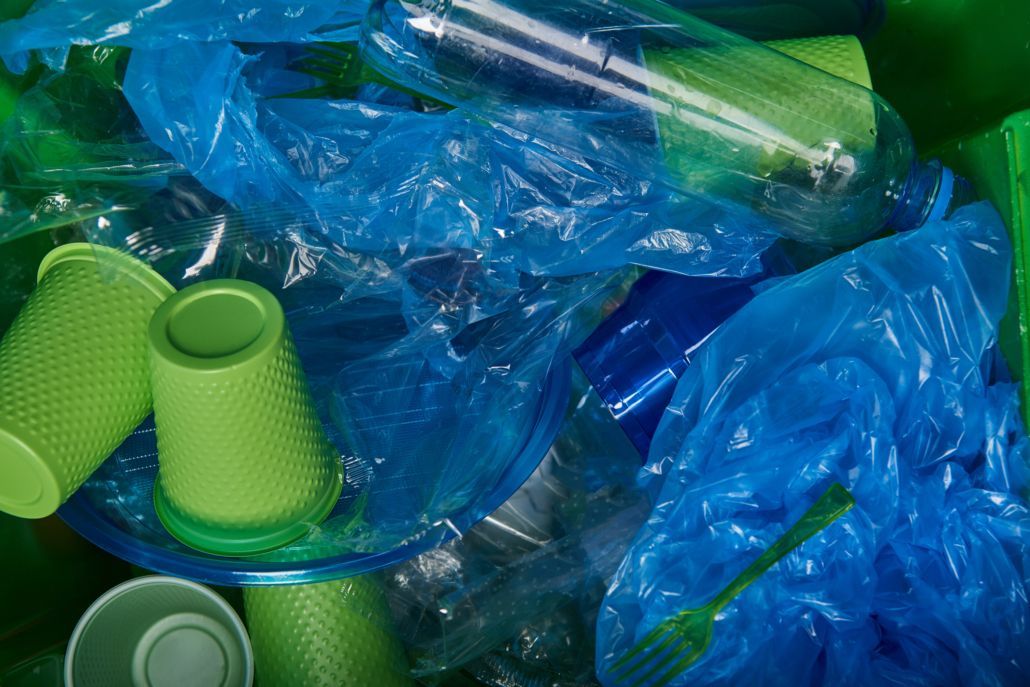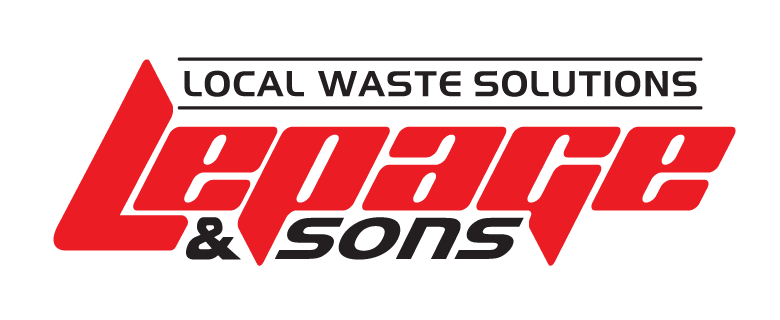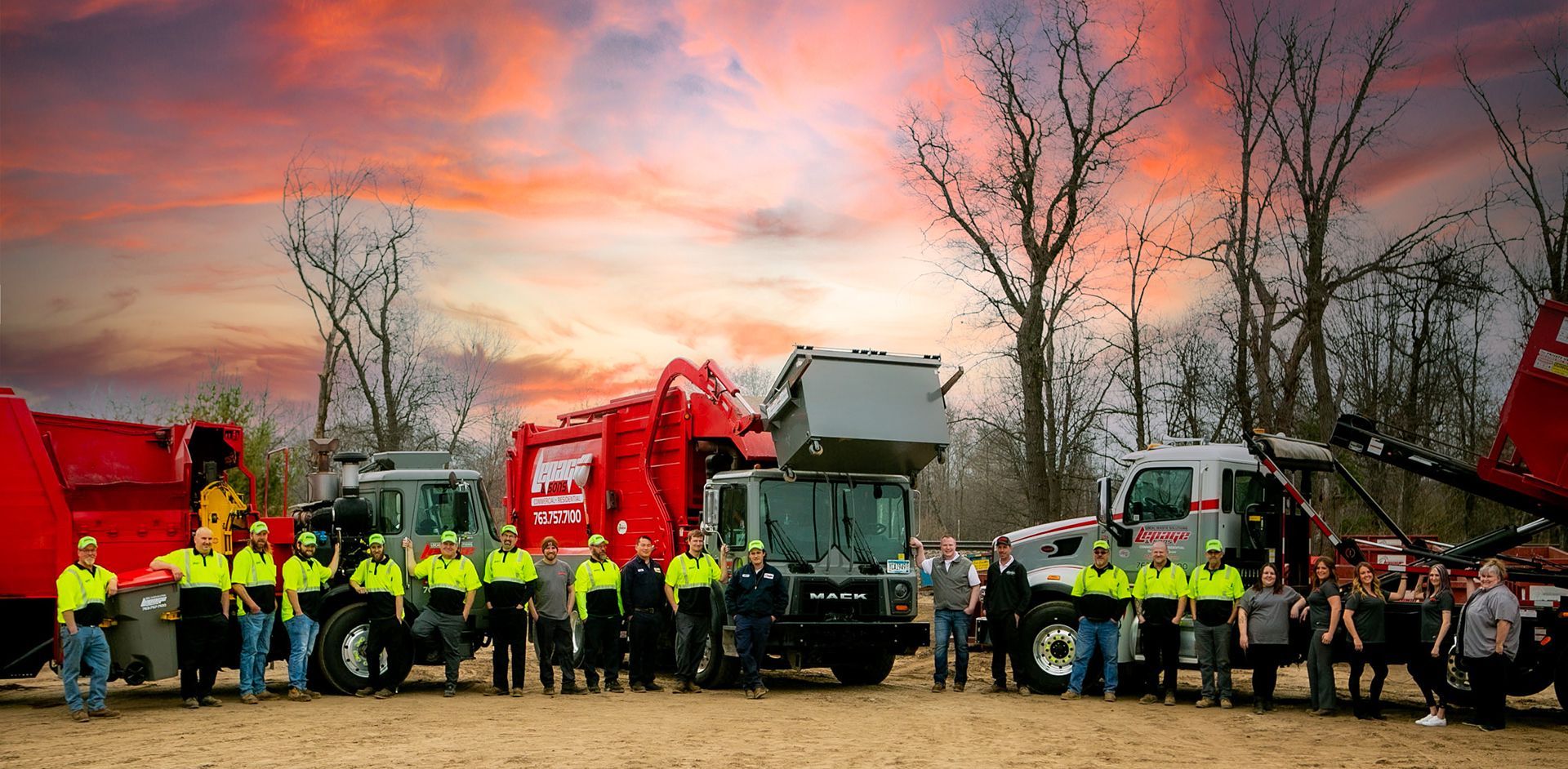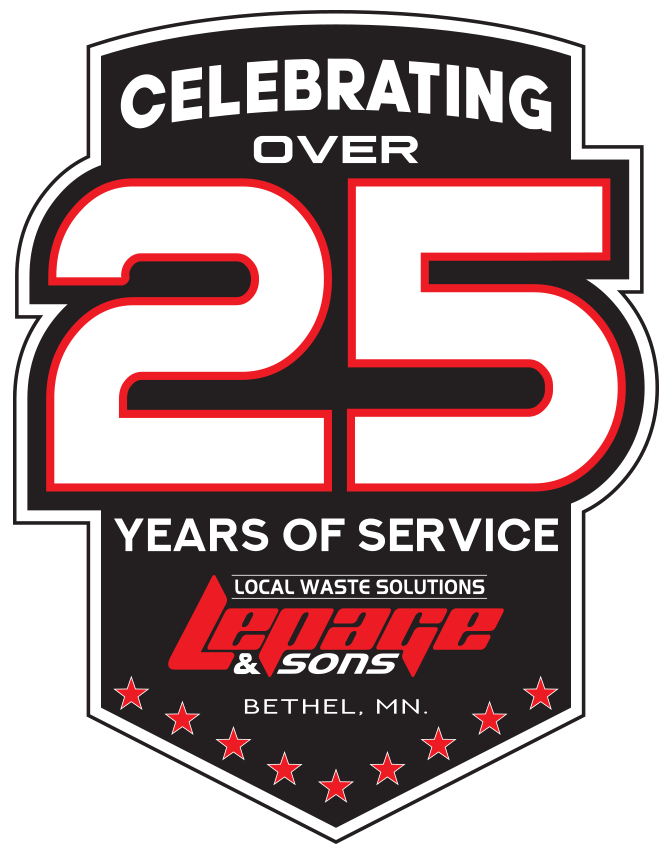Recycling Contamination
April 6, 2021
MacKenzie Anderson

The goal of recycling is to keep materials out of landfills, using them to create new products instead of adding more trash to the world. One of the biggest barriers is preventing recycling contamination. Improperly recycled materials can cause a whole batch to be rejected and sent to a landfill.
- Of all the waste produced in 2017, only 8.4% of it eventually got recycled, according to the Environmental Protection Agency.
- Proper recycling generates over half a million jobs and over 100 billion dollars of economic activity in the U.S.
- While glass can be reused for an estimated 1 million years, glass cookware — such as Pyrex, ceramics, and ovenware — can’t be recycled.
Here are some simple ways to avoid recycling contamination to make sure more of our waste is recycled properly.
Recycling Contaminants: What to Keep Out of Your Bin
Recycling helps protect the environment, but the wrong materials can disrupt the process and cause damage. Follow these guidelines to keep contamination out of recycling bins and ensure efficient waste management.
Plastic Bags: The Top Recycling Contaminator
Plastic bags, shrink wrap, bubble wrap, and other plastic films cannot go in standard recycling bins. These materials tangle in recycling machinery, causing clogs that lead to costly repairs and delays. To prevent these issues, keep plastic bags out of your recycling.
Instead, drop off plastic bags at designated bins in grocery stores or home improvement stores that accept them.
Snagging Hazards: What Damages Recycling Equipment?
Some materials do more than contaminate recycling loads—they also damage recycling machines. Large shredders break recyclables into smaller pieces for processing, but certain items get tangled in the equipment and bring operations to a halt.
Avoid placing the following in your recycling bin:
- Hoses
- Ropes
- Plastic bags
- Wires
- Chains
These items can cause serious damage, so check with your local waste hauler for proper disposal options.
Food Waste: How It Affects Recycling
Many food containers use recyclable materials, but food residue contaminates entire batches. Here’s how to handle them properly:
- Paper bags and boxes with grease or food waste cannot be recycled but may be composted if allowed in your area.
- Colored or glossy paper may not be compostable. Always check local guidelines.
- Glass and plastic containers must be rinsed before recycling. Leftover food causes contamination, sending recyclables to the landfill.
- Plastic labels should be removed when possible. Some manufacturers perforate label wraps for easier removal.
Shredded Paper: Can It Be Recycled?
Recyclable paper becomes a challenge once shredded. Mixing shredded paper with unshredded paper makes sorting difficult, reducing its recycling potential. Here’s how to dispose of it properly:
- Ensure shredded paper is free from plastics, metal, and carbon paper.
- Compost it if local guidelines allow.
- Check with your local recycling center for secure disposal events. Many cities hold document shredding events for proper recycling.
Beverage Cartons: Are They Recyclable?
Paper beverage cartons contain plastic layers that allow them to hold liquids. Some recycling centers accept them, while others do not. Always check local guidelines before recycling.
If allowed:
- Rinse out cartons before disposal.
- Keep tops and lids attached or dispose of them separately, depending on your recycling service.
Hazardous Waste: Proper Disposal Matters
Flammable, corrosive, toxic, or reactive materials pose a risk to people and the environment. These hazardous waste items require special disposal:
- Batteries
- Light bulbs
- Electronics
- Paint
- Motor oil
- Household chemicals
- Garden chemicals
- Sharps (needles and medical waste)
Some hazardous containers may be recyclable after proper cleaning. Always follow local hazardous waste disposal guidelines to prevent environmental harm.
Biohazardous Waste: What Cannot Be Recycled?
Items contaminated with human or animal fluids are not recyclable. These include:
- Needles and medical sharps
- Bandages
- Diapers
- Pet waste
- Sanitary products
Dispose of biohazardous waste properly to protect public health and keep recycling streams clean.
By following these guidelines, you help prevent contamination, protect recycling equipment, and ensure materials are processed correctly. Always check with your local recycling center for specific disposal instructions.





Share this article






